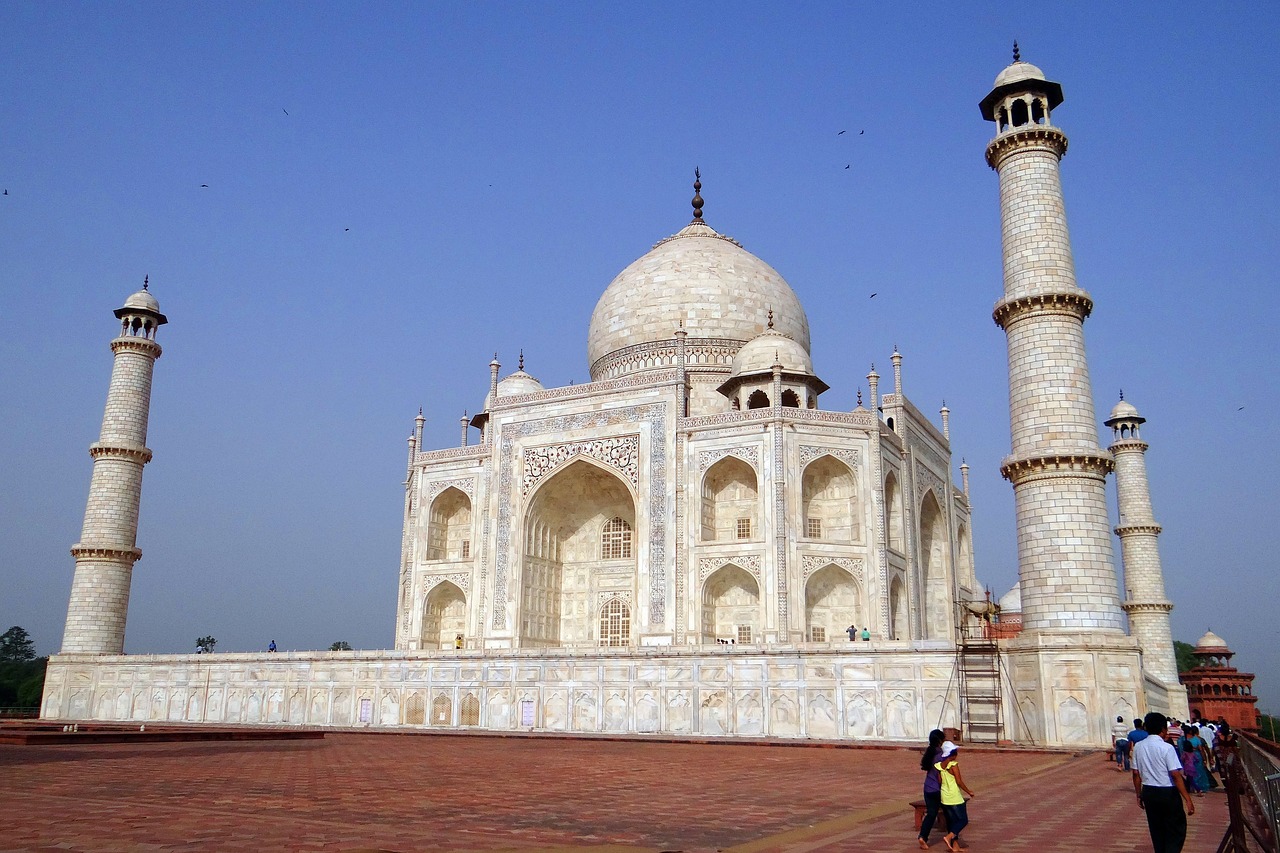Analyzing the Impact of Social Media Algorithms on Election Discourse
Social media platforms have become powerful tools for shaping voter perception in today’s digital age. With millions of users engaging with political content daily, these online spaces play a significant role in influencing public opinion. From political ads to user-generated posts, social media has the ability to sway opinions, spread misinformation, and amplify certain viewpoints over others.
The real-time nature of social media allows information to spread rapidly and reach a wide audience within seconds. This instantaneous sharing of news and opinions can have a direct impact on how voters perceive candidates, issues, and political parties. As individuals scroll through their feeds, they are constantly exposed to a mix of content that can either reinforce their existing beliefs or introduce new perspectives. This constant bombardment of information on social media can shape voter perception in ways that traditional forms of media cannot.
How Algorithms Influence the Spread of Political Information
Algorithms play a crucial role in determining the content that users are exposed to on social media platforms. These algorithms are designed to analyze user behavior and preferences, tailoring the information users see based on their past interactions. As a result, individuals may be presented with a skewed version of political information, reinforcing their existing beliefs and viewpoints.
Moreover, algorithms often prioritize content that generates high levels of engagement, such as likes, comments, and shares. This can lead to the proliferation of polarizing and sensationalized political content, as these types of posts tend to elicit strong emotional responses from users. As a consequence, individuals may be more likely to encounter and engage with extreme viewpoints, further polarizing societal discourse.
The Impact of Filter Bubbles on Election Discourse
Filter bubbles are a phenomenon where individuals are presented with information that aligns with their existing beliefs and preferences, creating a feedback loop that reinforces their views. In the context of election discourse, filter bubbles can lead to the polarization of opinions, as individuals are less likely to be exposed to contrasting viewpoints that could challenge their perspectives. This can result in a more divided electorate, where discussions may become more confrontational and less constructive.
Furthermore, filter bubbles can also hinder the dissemination of objective and accurate information during election campaigns. When individuals are only exposed to one-sided or biased content that caters to their preferences, they may not have access to a comprehensive picture of the issues at hand. This limited perspective can impact voter decision-making processes, potentially influencing election outcomes based on skewed or incomplete information.
• Filter bubbles reinforce existing beliefs and preferences
• Can lead to polarization of opinions
• Individuals are less likely to be exposed to contrasting viewpoints
• Discussions may become more confrontational and less constructive
• Hinders dissemination of objective and accurate information during election campaigns
• Limited perspective can impact voter decision-making processes
• Influences election outcomes based on skewed or incomplete information
What are filter bubbles?
Filter bubbles are personalized online ecosystems that display information based on a user’s past behavior, preferences, and interests, thereby limiting exposure to diverse viewpoints.
How do filter bubbles impact election discourse?
Filter bubbles can reinforce existing beliefs and biases, leading to echo chambers where individuals are only exposed to information that aligns with their views, potentially polarizing political discourse.
Are social media algorithms responsible for creating filter bubbles?
Yes, social media algorithms play a significant role in creating filter bubbles by curating content to cater to individual preferences, which can inadvertently isolate users from opposing viewpoints.
Can filter bubbles influence voter perception during elections?
Yes, filter bubbles can shape voter perception by presenting a skewed view of political information, potentially influencing decision-making and reinforcing existing biases.
How can individuals avoid the negative impact of filter bubbles on election discourse?
To mitigate the impact of filter bubbles, individuals can actively seek out diverse sources of information, engage with varying viewpoints, and critically evaluate the content they consume on social media platforms.





